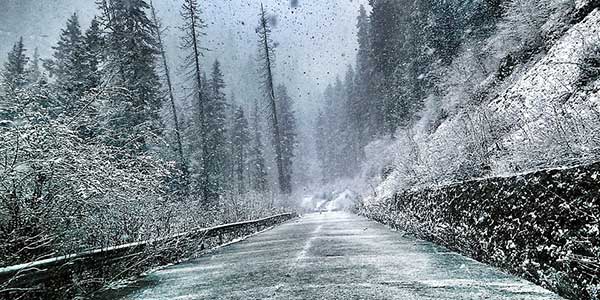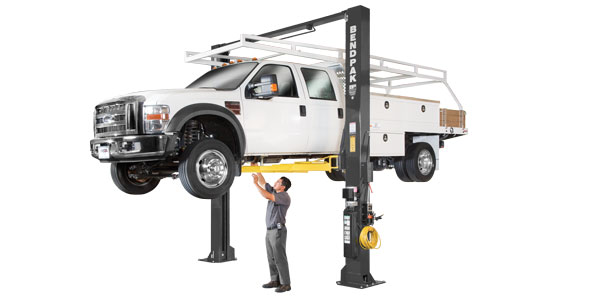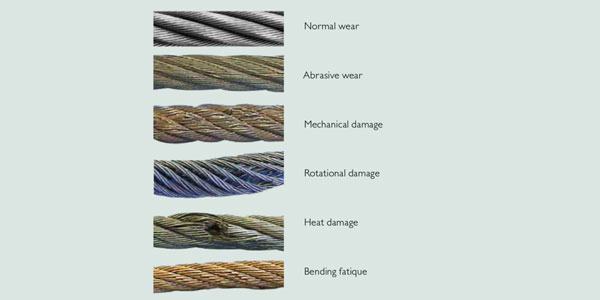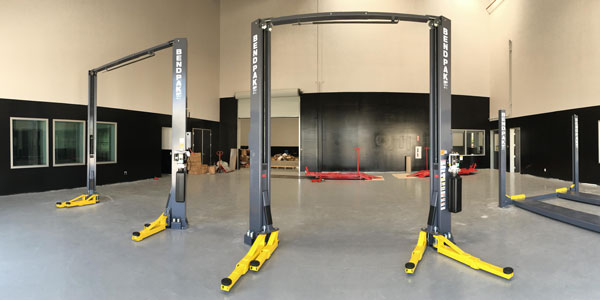Hydraulic hose and fittings found on modern diesel trucks can have a limited service life that is directly dependent on the conditions to which they are applied. Continuous use of hydraulic components at maximum working pressure, maximum recommended operating temperature and minimum bend radius can lead directly to premature failure, which could result in damage to personnel and/or equipment, excessive downtime and higher operating costs.
Even though hydraulic hose is specially constructed to withstand constant impulses in fuel, air, oil and coolant lines, please note these maintenance tips, courtesy of Gates Corp.
Maintenance managers and technicians should regularly check hydraulic hose assemblies for leaks, abrasion, kinks, cover blisters or similar signs of damage. (Never touch or run your hand along a hose under pressure –– a pin-hole leak can cause serious injury and possibly death.) Replace assemblies showing signs of wear or damage immediately.
When replacing hydraulic assemblies, it is imperative that an assembly is chosen that will deliver the same temperature, service and pressure capability as the original components. Maximum service life can be achieved by following these general guidelines:
Avoid interchanging couplings and hoses from different manufacturers. An improperly matched or coupled hose will likely fail causing downtime and possible personal injury. Also, it’s important to follow only the crimp and assembly recommendations of the manufacturer of the products being used.
Hydraulic system pressure should not exceed the rated working pressure of the hose. Pressure surges or peaks exceeding the rated working pressure are destructive and must be taken into account when choosing a hose.
Exposure to continuous high temperatures can lead to a loss of hose flexibility. Failure to use hydraulic oil with the proper viscosity to hold up under high temperatures can accelerate this problem. External temperatures become a factor when hoses are exposed to a turbo manifold or some other heat source. High external and internal temperatures concurrently will risk a considerable reduction in hose service life.
Some hose tube materials and hydraulic fluids are incompatible. When fluids are incompatible with the hose material tube and cover, blistering can occur along with fluid bleed-through or leaks.
Avoid routes that twist the hose or cause it to bend immediately behind the coupling. Doing so places excessive stress on the reinforcement of the hose and severely reduces its ability to withstand pressure.
When replacing a hose assembly, always cut the hose to the same length as the one being removed. A hose that is too long can be severed or pinched. If the replacement hose is too short, pressure may cause the hose to contract and be stretched.
Routing of a hydraulic hose will impact its service life. Improper installation of hydraulic hose is a prime cause of leaks. When routing, it is important not to exceed the specified bend radius of the hose. Use clamps to restrain, protect, or guide hose to avoid excessive flexing, whipping, or contacting other moving parts or corrosive chemicals.
For more details on this topic and others, visit www.gates.com/truckbus then click on “Tech Tips.”




